
Earth911 is honoring the 52 years of Earth Day with 52 Actions for the Earth. Each week through Earth Day 2023, we will share an action you can take to invest in the Earth and make your own life more sustainable. Markets that sell fresh locally grown and produced food make it easy to shop your values across both environmental and social considerations. This week, you can take action for the Earth by visiting a farmers market.
Action: Visit a Farmers Market
Greener Produce
Industrial agriculture works at too large a scale to bother with local markets. Not everything at your local farmers market will be organic and GMO-free. But farms that sell at local markets are much more likely to be involved in sustainable or regenerative agriculture. You can find foraged wild foods like mushrooms, produce grown under permaculture or biodynamic methods, and humanely raised meats more easily at farmers markets than at supermarkets.
Even when farmers use conventional methods, shopping at a farmers market guarantees freshness. Buying food at its freshest helps eliminate food waste and may be more nutritious. Shopping at the farmers market contributes to a plastic-free living since only a few prepared foods at such markets are prepackaged and you bring your own containers for produce.
Growing Community
Farmers markets are the epitome of shopping local. Shopping locally reduces the environmental impacts of transporting food. It also supports local farms and artisans like bakers and other small food businesses, keeping money in your community. Nearly 32 jobs are created for every $1 million in revenue generated by produce farms involved in direct marketing, such as farmers markets, compared to only 10.5 jobs for wholesale farms. Supporting local growers also improves food security by increasing the variety of crops grown and decreasing reliance on long-distance transport networks. Shopping at the farmers market gives you the opportunity to learn about the origin of your food, build relationships within the community, and even eat a more varied and healthful diet in tune with the seasons.
Visit the Farmers Market
You can use the USDA’s Local Food Directory to find a farmers market near you. Many markets run year-round, while others only operate in the summer. Larger markets may be open every day, but most will only open on one or two days each week. This week, if a market near you is open, grab your reusable shopping bag and visit the market. Find out what’s available and how the prices and quality compare to the supermarket. Even if you’re underwhelmed, commit to visiting again in a few weeks. Available produce changes with the seasons, and there will be more variety each week as the weather heats up.
If none of the markets near you are open yet, make a note of the opening date on your calendar, and commit to shopping there when the reminder pops up. The market might not be able to completely replace the supermarket. But every time you shop there, you are investing in the Earth.


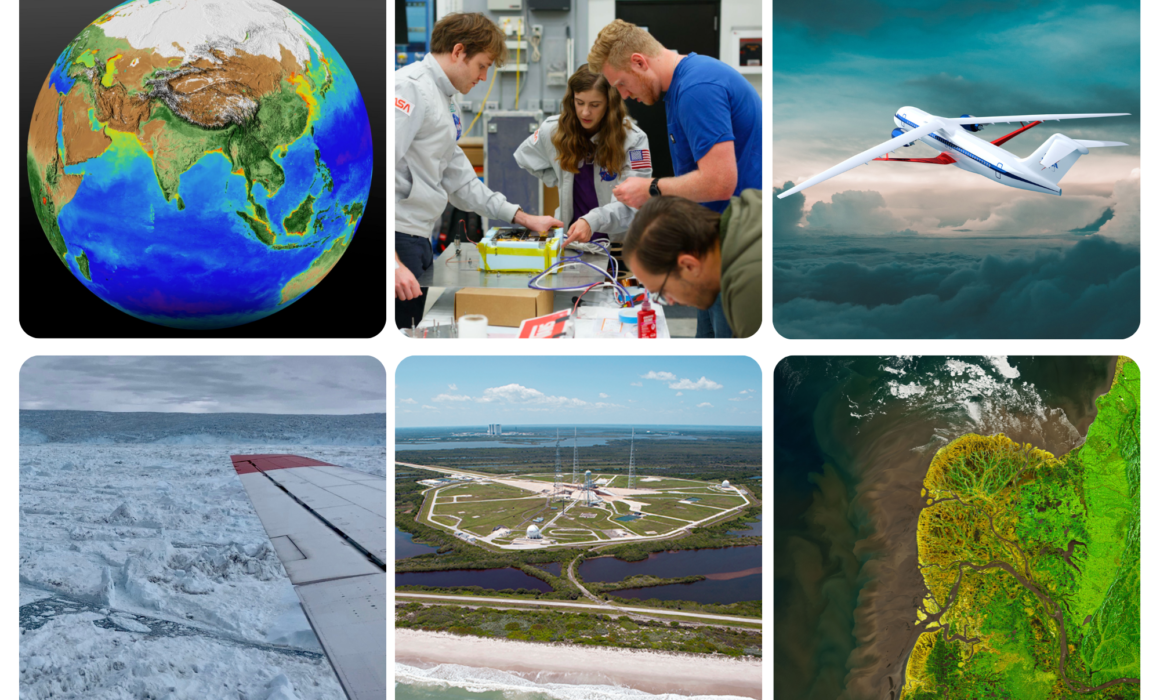
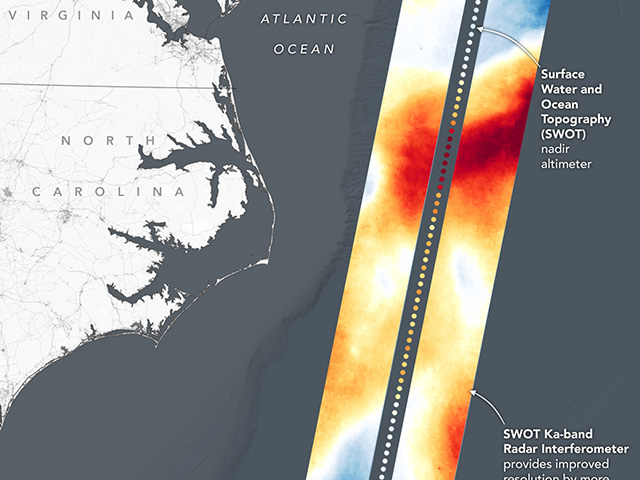
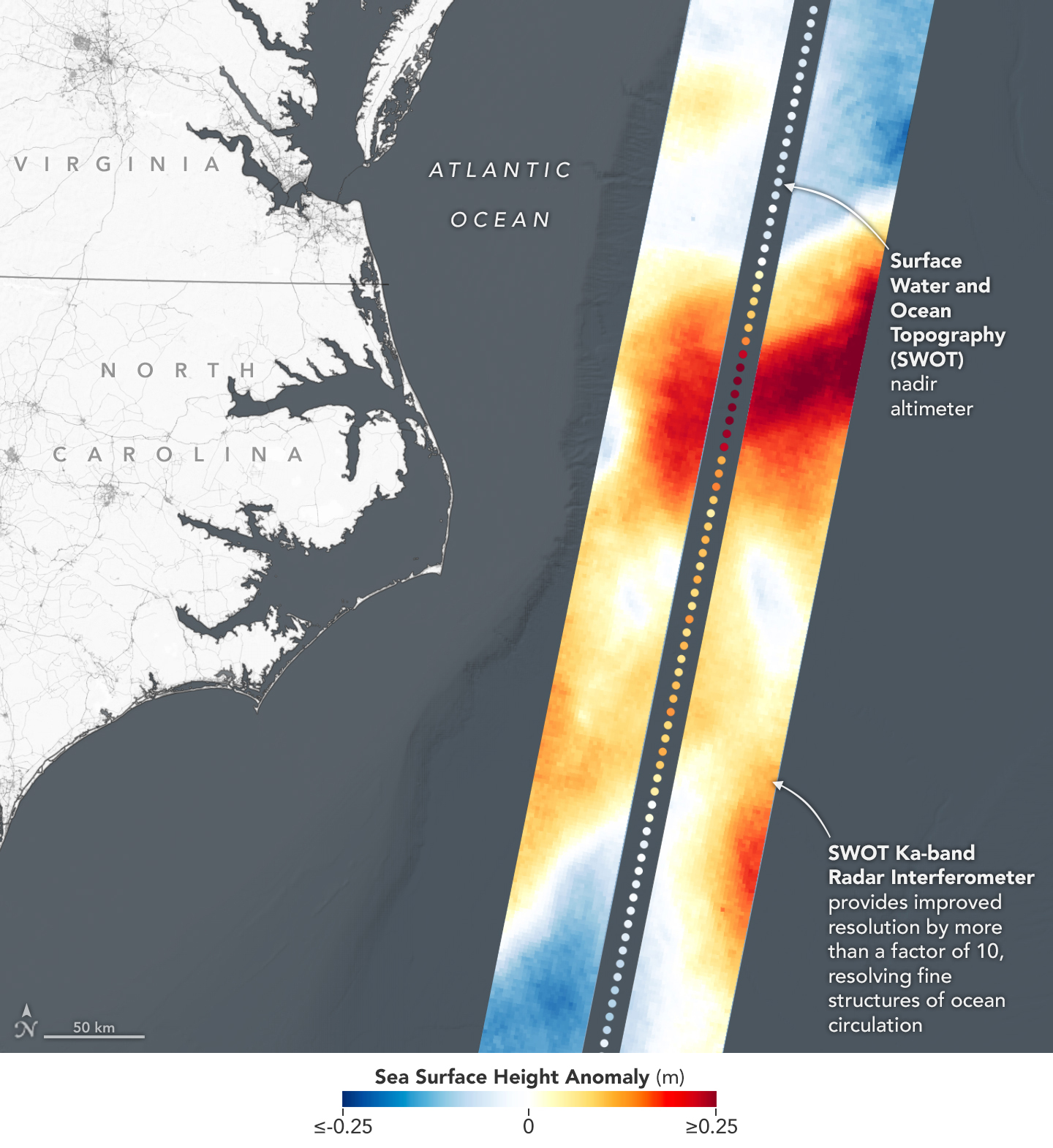
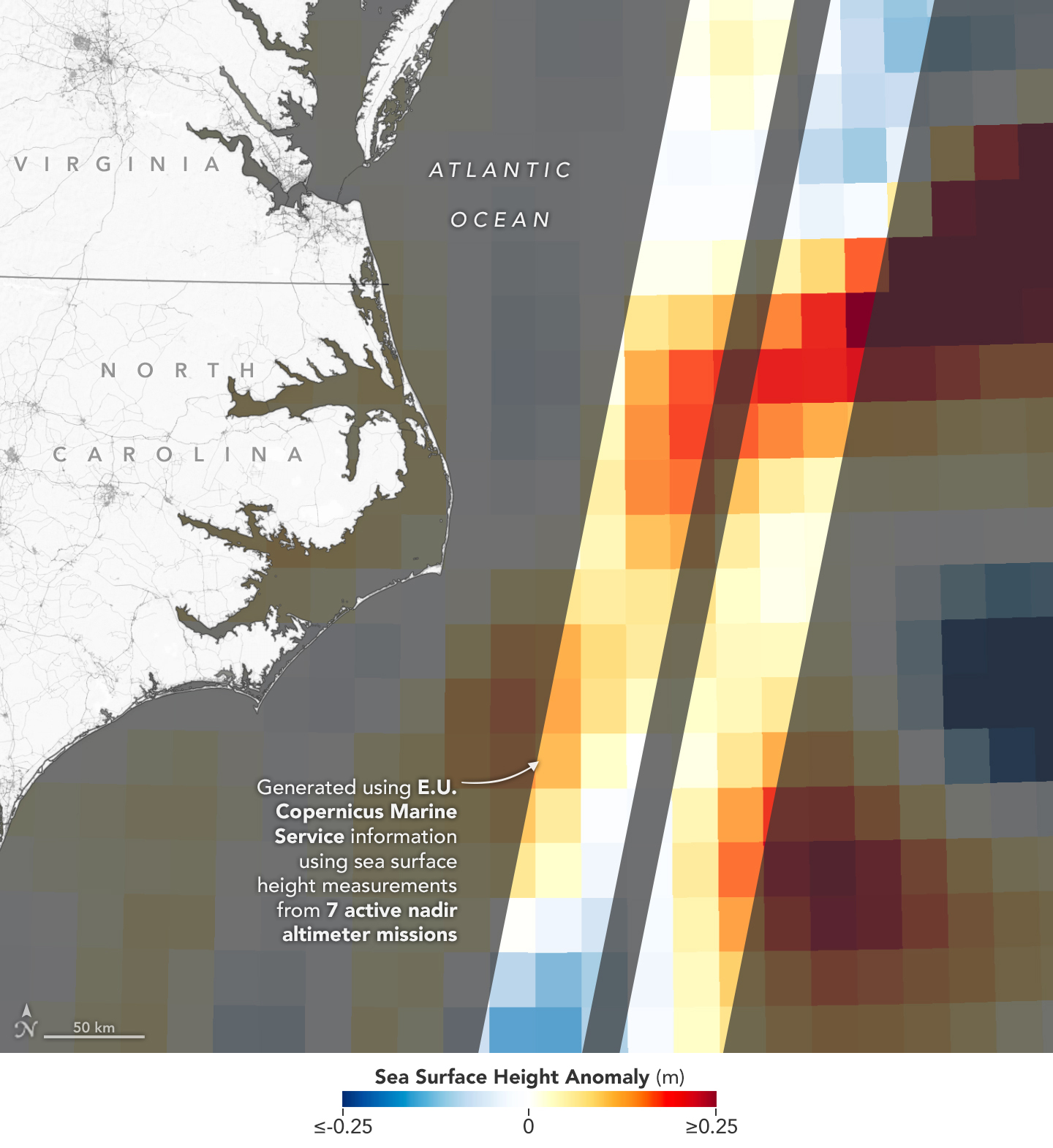
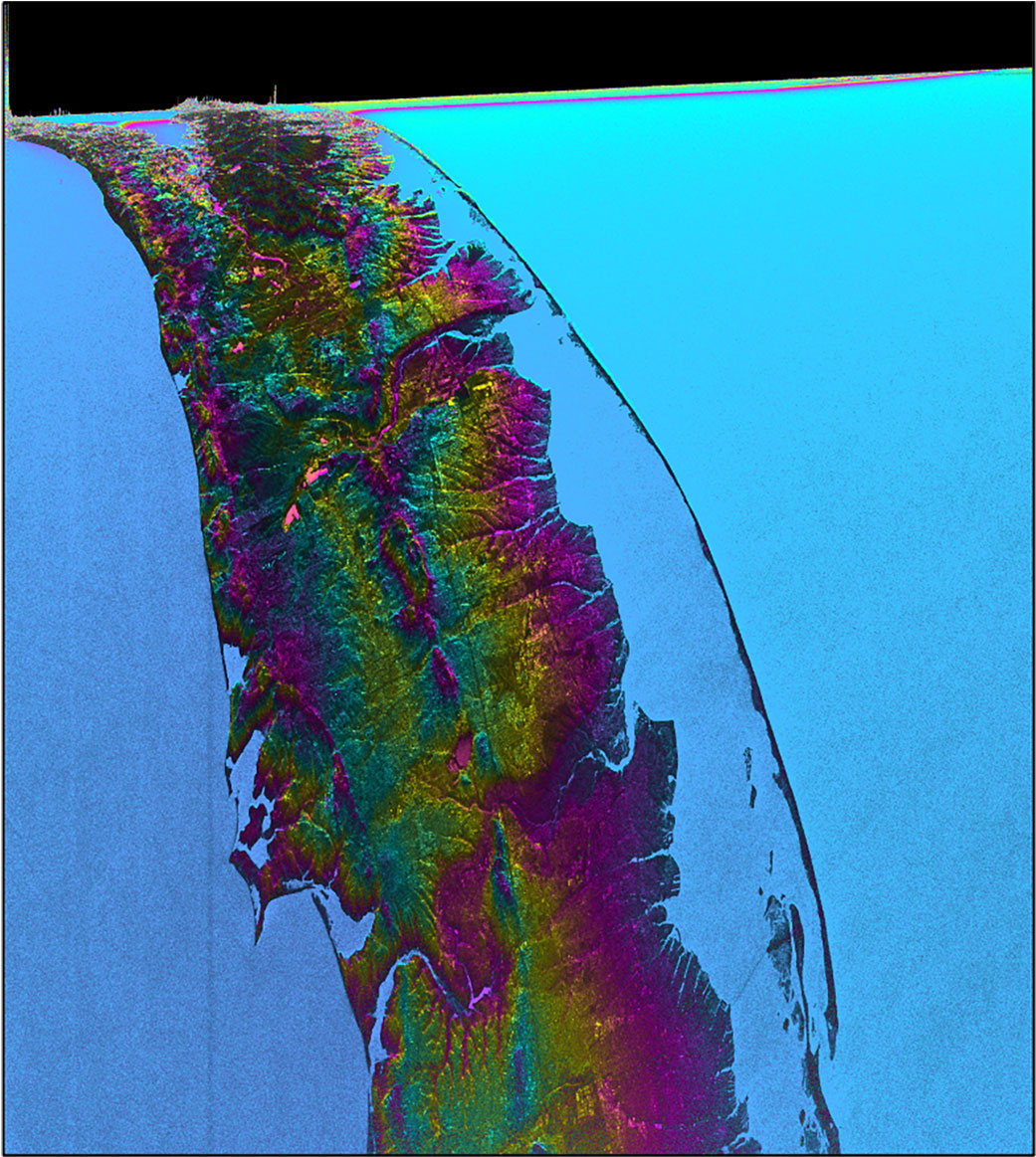




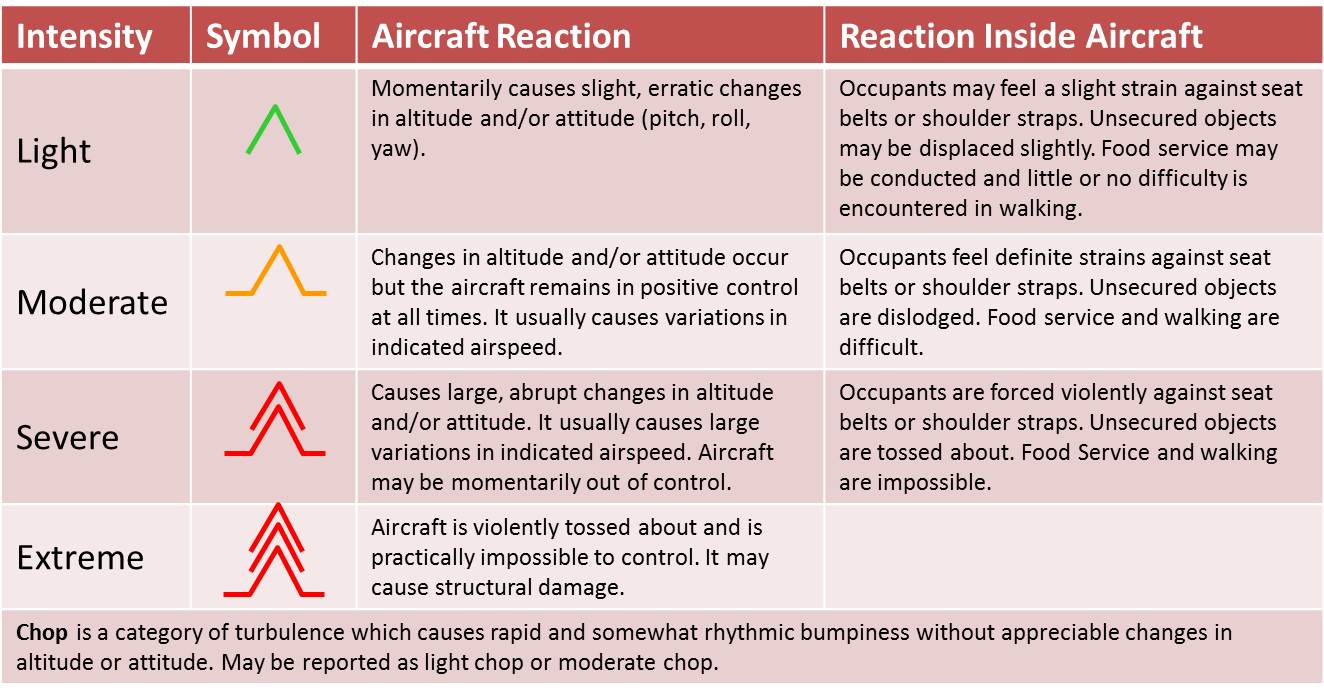


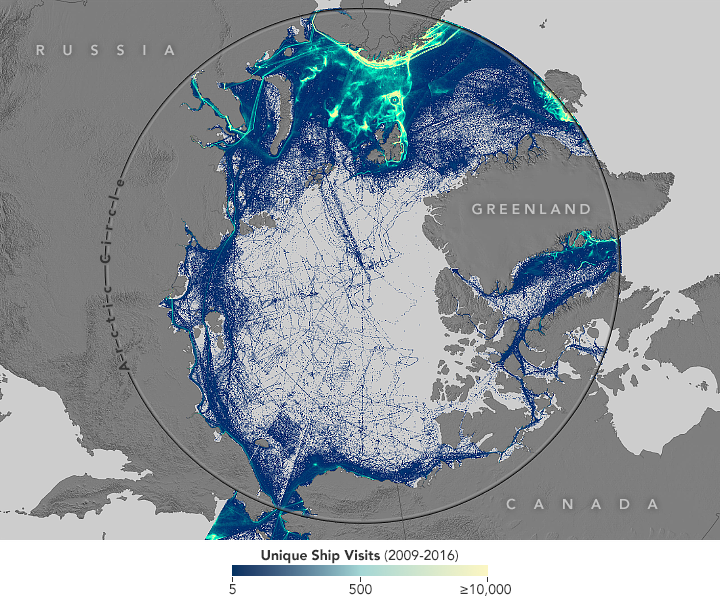

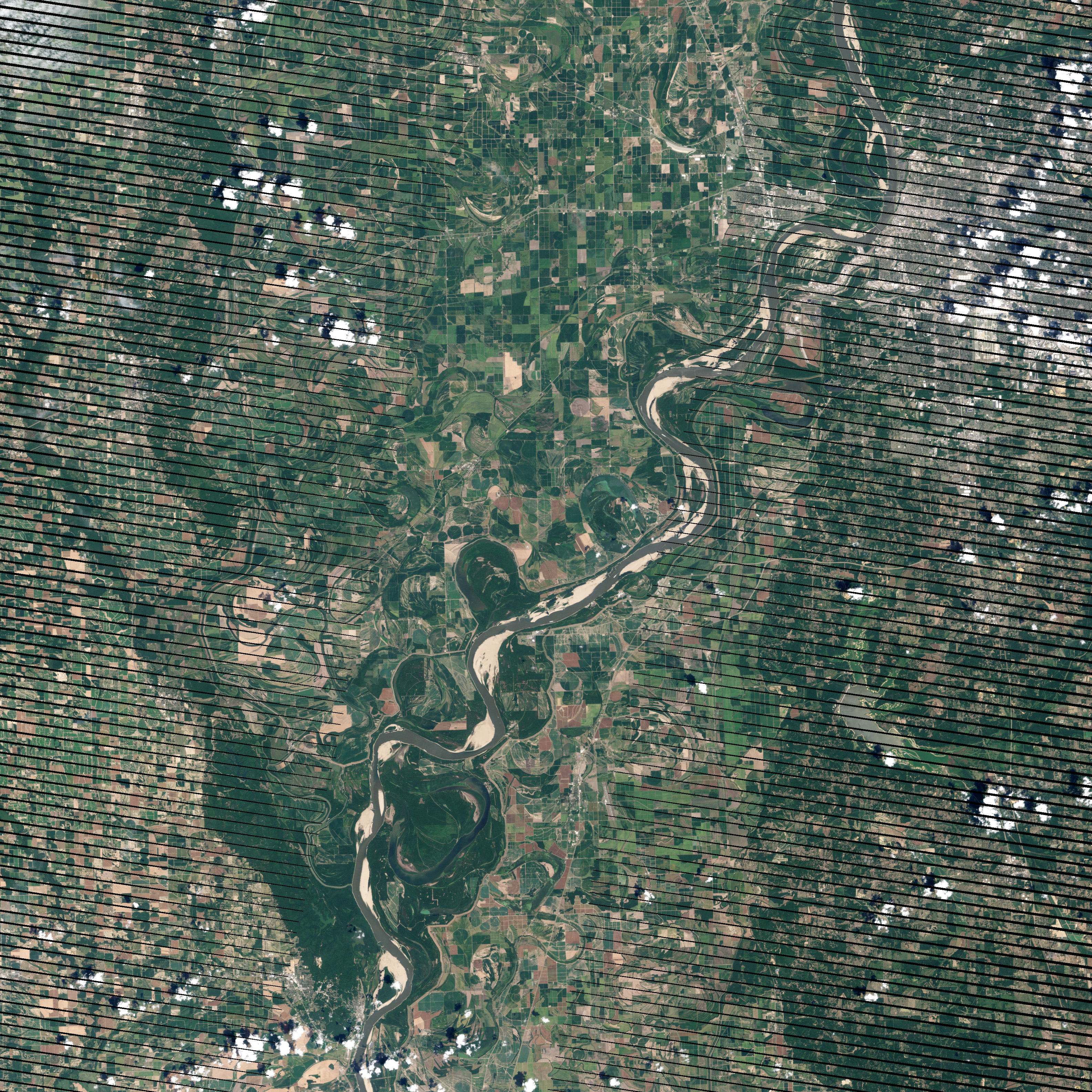

Recent Comments